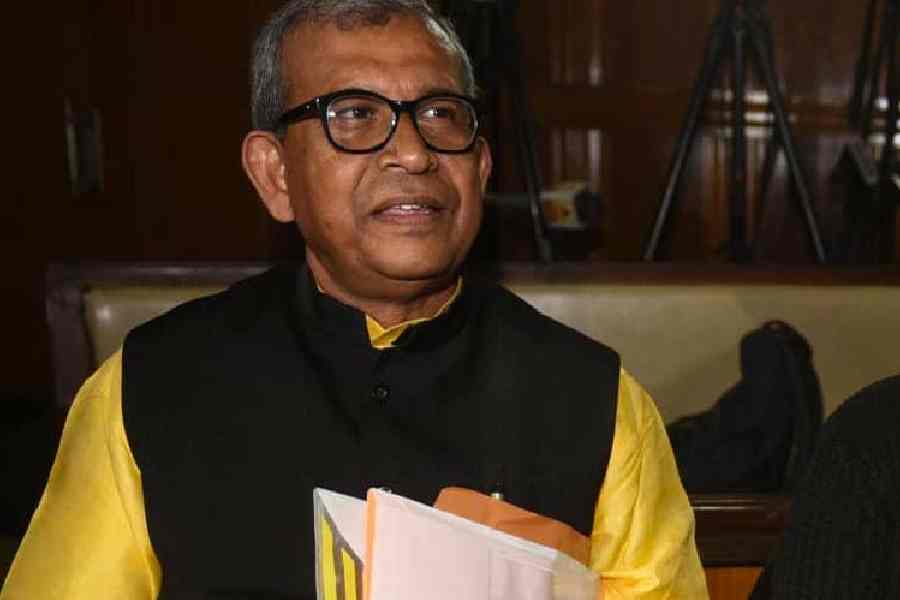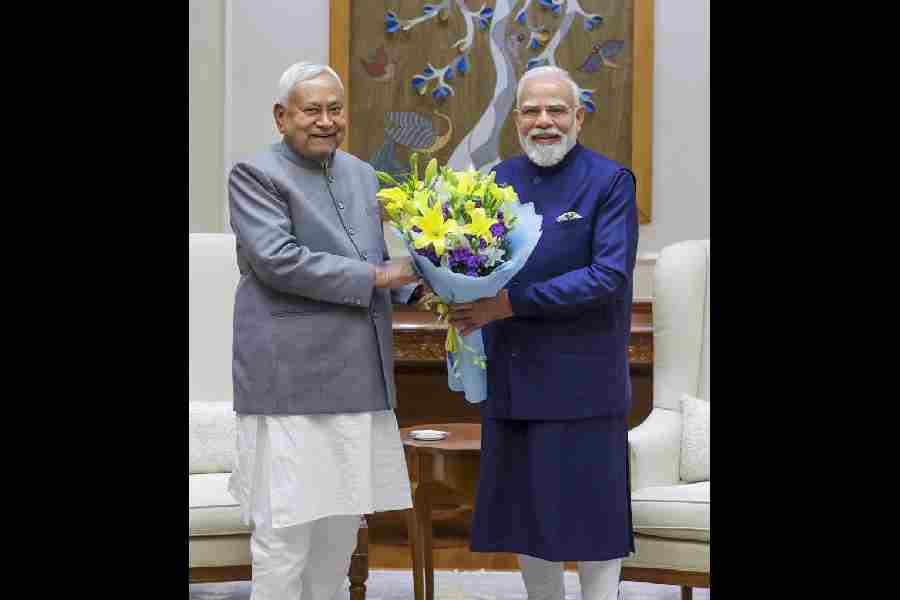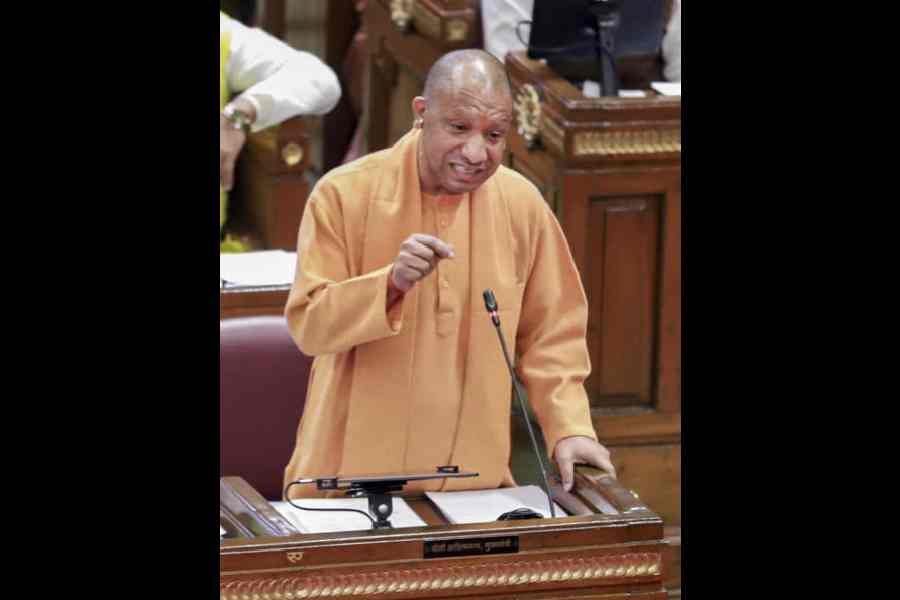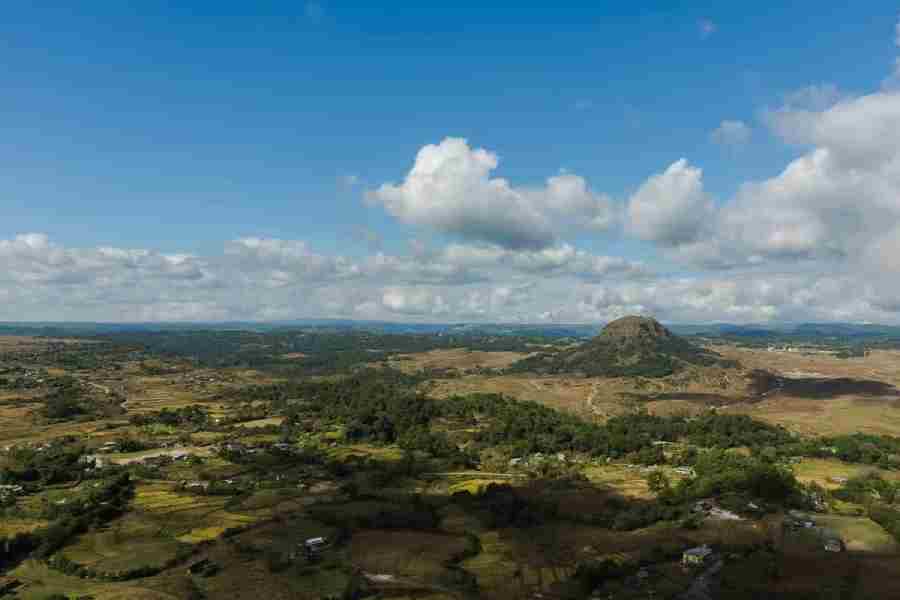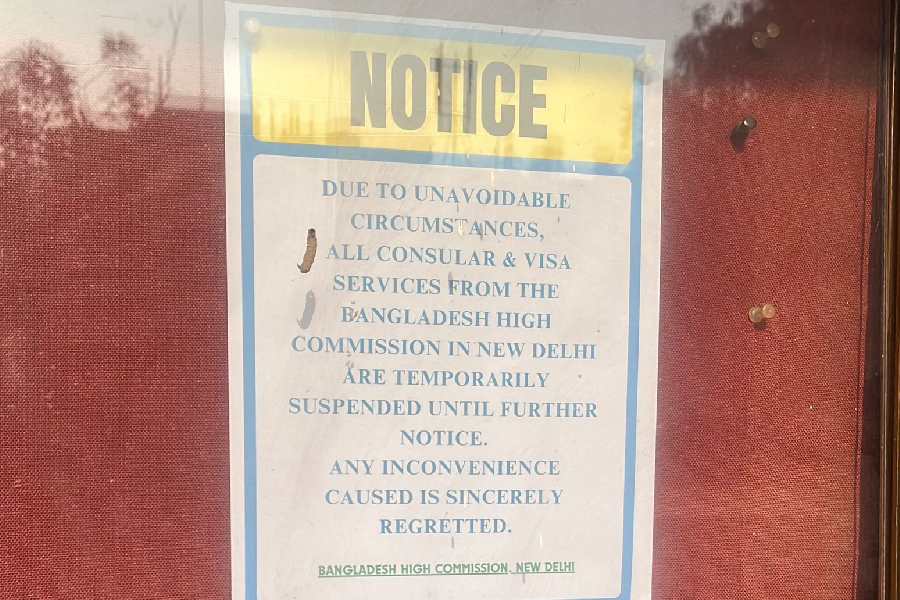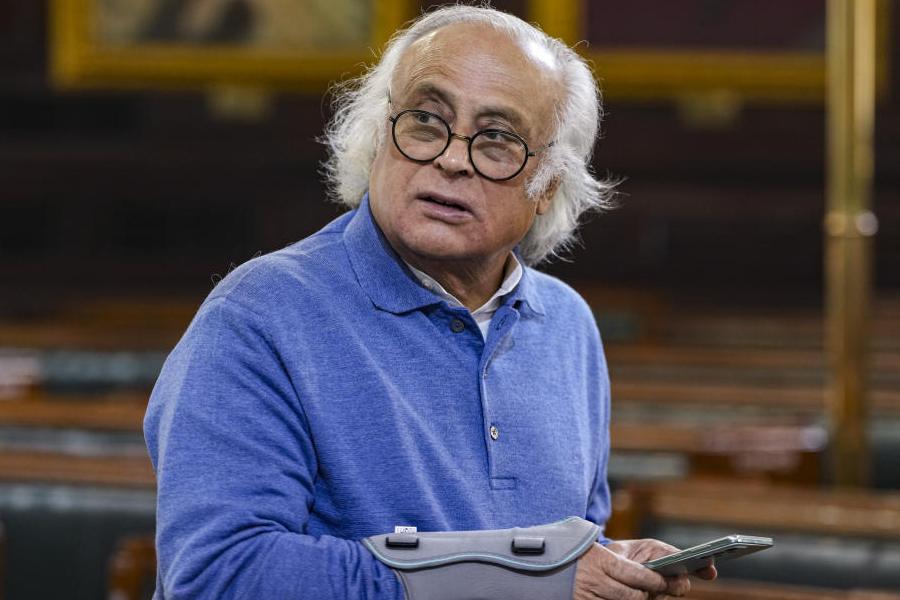 |
| People rush to safety from a coastal area in Tamil Nadu after the tsunami warning on Monday night. (PTI) |
New Delhi, March 29: It was a lesson well learnt.
As news of the massive earthquake off Sumatra came in last night, New Delhi knew exactly how to proceed. After all, a similar quake had generated last December?s killer tsunami that had caught the Centre totally unawares.
This time, the government was not taking any chances. In less than an hour of the quake, the home ministry ? guided by an alert from the Met department ? had informed southern states that they should be ready to evacuate people and put relief and rescue machinery on stand-by.
This included the chief of integrated defence staff in the defence ministry that had co-ordinated the defence force?s largest peacetime operation through January.
In December, there had been no warnings. Not even for Kerala, which was hit almost an hour after the waves lashed Tamil Nadu?s Nagapattinam, killing nearly 5,000 people.
The ministry?s disaster management cell had then explained it could not have alerted anyone when it did not know what a tsunami could do.
?I think this knowledge is what has made all the difference,? a home ministry official said. But he conceded the government still needed to cut the lag time between the quake, the Met department?s feedback and the formal alerts.
?Overall, we were well prepared. Our communication systems worked efficiently and state governments co-operated magnificently,? science and technology minister Kapil Sibal said.
Officials recalled how in December ? even when the crisis management group met under the cabinet secretary ? no one really knew what to do or who to ask. ?It had then taken 24 hours for the first aircraft to reach Andaman and Nicobar Islands with CISF personnel,? an official said.
This time, the Met department informed the national disaster management division of the home ministry within 40 minutes of the quake that a tsunami could not be ruled out. That was at 10.20 pm. Within 10 minutes, the home ministry had sent informal alerts to the states, the PMO and other ministries.
By 10.40, the home secretary and other senior officials huddled at North Block. A formal alert was sounded at 11.30 pm and states asked to report all developments.
?And then, sit back and monitor the developments. That was all we could do,? an official said. The home ministry had also warned district authorities not to create panic in the coastal belt.
The first indication that the danger had passed came from the Pacific Tsunami Early Warning Centre, with which the Centre has established a data-share protocol. It said that since a tsunami had not been generated for three hours, it could be presumed there was no danger.
The Met department then issued a ?de-warning? at 2.40 am, suggesting that people could be asked to go home but the administrative machinery should stay on alert.
The home ministry, however, decided to wait another three hours before scaling down the alert. It was finally withdrawn at 5.30 am.
But the Andamans remained on high alert. ?After the devastation by the December 26 tsunami, we cannot take any chances,? said relief commissioner Puneet Kumar Goyal.


